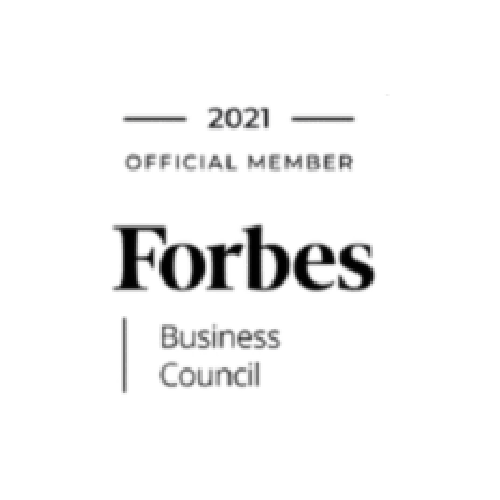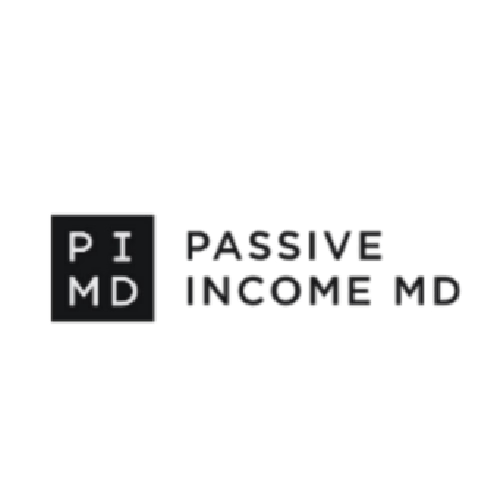For many accredited investors looking to build long-term wealth through real estate, a multifamily syndication offers one of the most reliable and attractive ways to generate passive income. Unlike active property investing—where you’re responsible for maintenance calls, rent collection, and renovation decisions—passive investing in multifamily real estate allows you to earn consistent returns without taking on operational duties. It’s a hands-off strategy that grants access to institutional-grade assets, maximizes passive investing tax benefits, and leverages the long-term power of real estate appreciation with simple knowledge of the multifamily deal lifecycle.
But what happens once you fund your investment in a syndication deal? What’s going on behind the scenes, and how do those monthly or quarterly checks actually make it to your bank account?
To truly understand how to invest in real estate for passive income, it’s essential to break down the full multifamily deal lifecycle—from acquisition to exit. Along the way, you’ll encounter key investment mechanics like preferred returns, cash distributions, accrued income, and capital events. Whether you’re just entering the world of multifamily syndication or scaling your portfolio through Viking Capital’s passive offerings, understanding the process empowers you to make smarter, more strategic investment decisions.
The Phases of a Multifamily Deal Lifecycle
Every multifamily syndication has a beginning, middle, and end. While timelines vary, most deals follow a five-stage structure. Each phase plays a vital role in generating both short-term cash flow and long-term returns.
1. Acquisition:
This is where the journey begins. The general partner (GP) team—such as Viking Capital—identifies a high-potential property based on market data, demographics, employment trends, and projected rent growth. The acquisition process includes underwriting financials, inspecting the asset, negotiating the purchase price, and securing financing. For Viking Capital, that often means targeting high-growth metros in the Sun Belt, where population growth and housing demand continue to outpace supply (CBRE, 2023). Once due diligence is complete and capital is raised from investors, the deal closes and transitions to active management.
2. Asset Management:
After acquisition, the real work begins. The asset management team executes the business plan—which may include renovating units, improving operations, increasing rents, and stabilizing occupancy. This phase is critical to the investment’s success, as it directly impacts NOI (net operating income), which drives property valuation. While you, the limited partner, aren’t involved in daily decisions, you benefit from regular updates and performance reporting. This is where cash-on-cash returns begin to take shape, laying the foundation for future profits.
3. Cash Distributions:
As the property begins generating stable cash flow, investors receive regular distributions—typically monthly or quarterly. These payments are usually based on a preferred return structure outlined in the operating agreement. For example, Viking Capital offerings often target 6–8% annual preferred returns. Distributions are made from collected rental income after operating costs, and reflect the strength of the asset’s financial performance.
4. Refinancing:
If the business plan is successful and the property value increases, the sponsor may choose to refinance. This allows equity to be pulled out and returned to investors earlier in the hold period—without selling the asset. Refinancing can reduce the risk profile of the deal and help investors redeploy capital into other passive opportunities. It’s also a chance to lock in more favorable financing, especially in fluctuating interest rate environments.
5. Sale (Capital Event):
Once the property has reached peak operational and financial performance, it may be sold. This final stage often delivers the most substantial gains to investors. Proceeds from the sale are used to pay off the loan, return any remaining accrued preferred returns, return original investor capital, and distribute profit splits between the LPs and GP. For investors, this is the culmination of the multifamily deal lifecycle—typically 3–7 years from the initial investment.
Distributions Offer Passive Income
One of the most attractive features of multifamily real estate investing is its ability to deliver passive income. Instead of dealing with midnight maintenance calls or chasing down tenants, passive investors receive consistent income based on the property’s cash flow—without lifting a finger.
This is ideal for busy professionals, business owners, or retirees looking to diversify their portfolios and protect against stock market volatility. With sponsors like Viking Capital, investors can access high-quality open private equity funds and vetted real estate opportunities that historically outperform many traditional asset classes.
Understanding Cash Distributions vs. Accrued Income
Cash flow from multifamily syndications is often split between current distributions and accrued preferred returns. Here’s how it works: if the property generates sufficient net operating income (NOI), that income is paid out to limited partners as cash distributions—typically applied toward the preferred return. However, if the property doesn’t generate enough to cover the full preferred return, the unpaid amount becomes accrued income.
Accrued preferred returns accumulate over time and are contractually owed to investors. These returns are typically paid out at a future capital event, like a refinance or sale.
For example, if you invest $100,000 into a syndication with a 7% preferred return, your projected annual return is $7,000. If the property only supports a 3% distribution in year one, you’ll receive $3,000 in cash. The remaining $4,000 accrues and is paid later—ensuring you still receive your full preferred return over the life of the investment.
This structure balances early-stage risk with long-term reward and helps smooth returns across market cycles.
Why Viking Capital Prioritizes Conservative Cash Flow Management
At Viking Capital, we don’t over-raise capital or make inflated distribution promises. We raise only what’s required to close the property and fund capital expenditures. Our distributions are tied directly to the asset’s real cash flow—not padded by investor funds.
This conservative strategy means we maintain strong reserves, avoid unnecessary dilution, and protect investors in turbulent markets. As the asset’s income increases through value-add improvements and lease optimization, investors benefit from stronger cash-on-cash returns in years 2 through 5 and beyond.
Our goal is simple: to deliver reliable returns rooted in disciplined underwriting and operational excellence.
What Is a Preferred Return?
A preferred return is the amount of annual return limited partners are entitled to before any profit is shared with the general partners. Typically ranging from 6–8%, it functions as a financial priority for investors.
Here’s what that means in practice:
-
If a deal has a 7% preferred return, and the property generates sufficient cash, that 7% is paid first.
-
If cash is insufficient, the unpaid portion accrues and is owed later.
-
Only once LPs receive their full preferred return and initial capital back does the GP receive a profit share.
This structure ensures alignment and rewards performance. It’s designed to protect passive investors and incentivize the sponsor to drive strong financial outcomes.
What If You’re Not Receiving Distributions?
While investors love seeing monthly deposits hit their accounts, there may be times when distributions pause. That doesn’t always indicate trouble. In fact, many well-managed deals experience periods where income is retained to build reserves, cover capital projects, or navigate temporary market shifts.or example, during lease-ups, after major renovations, or during macroeconomic events (like rising interest rates or insurance cost spikes), distributions may slow down temporarily. The key is sponsor communication. At Viking Capital, we provide regular updates and quarterly reports so investors always know how the asset is performing and what to expect. If distributions stop without explanation or clarity, that’s when questions should be asked.
Is My Preferred Return Guaranteed?
While the preferred return is a legal commitment within the operating agreement, it is not guaranteed in the same way as a bond coupon. Real estate investing carries risk, including market downturns, operational challenges, and unforeseen expenses.
However, the preferred return structure exists to prioritize investor earnings. In well-managed deals, LPs receive their preferred return either through consistent cash flow or accrued distributions at the time of a refinance or sale.
In fact, historical data shows that when structured and operated well, multifamily syndication investments provide some of the most consistent risk-adjusted returns across market cycles.
Final Thoughts: The Value of Passive Real Estate Investment
For investors seeking stable passive income, portfolio diversification, and long-term equity growth, multifamily syndication offers a powerful opportunity. You gain access to large, income-producing assets—without the burden of being a landlord.
Through firms like Viking Capital, accredited investors can participate in professionally managed, data-driven real estate projects in high-growth U.S. markets.
With a focus on transparency, performance, and aligned incentives, we help you build wealth with confidence—one deal at a time.
*This article was updated with new content 4/15/2025.



















